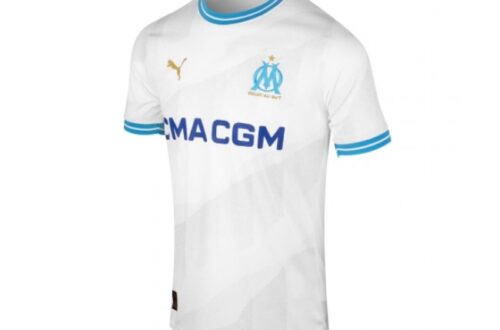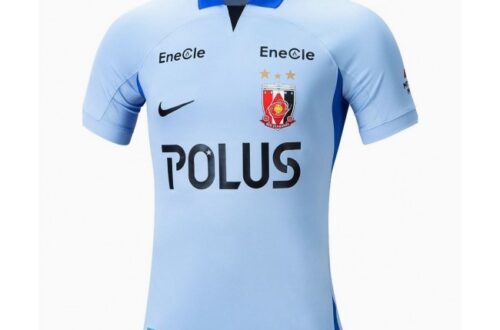Baby Diaper Material: Composition and Properties
# Baby Diaper Material: Composition and Properties
Baby diapers are essential for modern parenting, providing comfort and hygiene for infants. Understanding the materials used in their construction is crucial for ensuring safety and effectiveness. This article explores the composition and properties of baby diaper materials.
## Composition of Baby Diaper Materials
Baby diapers are made up of several layers, each serving a specific purpose. The primary materials include:
– Top Sheet: This is the layer that comes into direct contact with the baby’s skin. It is usually made of a soft, non-woven fabric that allows moisture to pass through while keeping the skin dry.
– Absorbent Core: The core is the most critical part of the diaper, responsible for absorbing and retaining liquid. It typically consists of a blend of fluff pulp and superabsorbent polymers (SAP).
– Back Sheet: The back sheet is the outer layer of the diaper, designed to prevent leaks. It is usually made of a breathable, waterproof material like polyethylene.
– Elastic Components: These include leg cuffs and waistbands, which are made of elastic materials to ensure a snug fit and prevent leakage.
– Adhesives and Fasteners: These components are used to secure the diaper in place. They are typically made of hypoallergenic materials to avoid skin irritation.
## Properties of Baby Diaper Materials
The materials used in baby diapers are chosen for their specific properties, which contribute to the overall performance and comfort of the product. Key properties include:
– Absorbency: The absorbent core must be capable of holding a significant amount of liquid to keep the baby dry. Superabsorbent polymers are particularly effective in this regard.
– Softness: The top sheet and other materials in contact with the baby’s skin must be soft to prevent irritation and ensure comfort.
– Breathability: The back sheet and other components should allow air to circulate, reducing the risk of diaper rash and keeping the baby comfortable.
– Leak Protection: The back sheet and elastic components must work together to prevent leaks, ensuring that the diaper remains effective even during extended use.
– Hypoallergenic: All materials should be hypoallergenic to minimize the risk of allergic reactions or skin irritation.
## Environmental Considerations
With growing concerns about environmental sustainability, many manufacturers are exploring eco-friendly materials for baby diapers. Biodegradable and compostable options are becoming more prevalent, aiming to reduce the environmental impact of disposable diapers.
In conclusion, the materials used in baby diapers are carefully selected to provide optimal comfort, absorbency, and leak protection. Understanding these materials and their properties can help parents make informed choices, ensuring the best care for their infants.
Keyword: Baby Diaper Material


